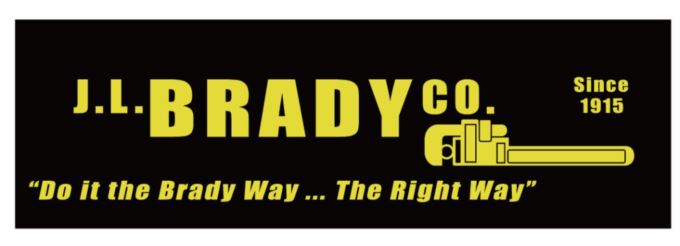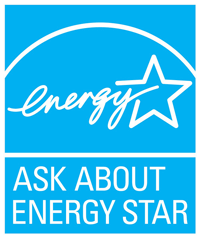Many people only schedule air conditioning repair when their system totally fails. However, the truth is your air conditioner will often show signs of trouble before a total breakdown that results in new AC installation. Understanding the warning signs and calling the experts at J.L. Brady Company LLC to handle issues early can spare you the hassle and expense of a full AC system breakdown. More importantly, it can stop you from having to endure the uncomfortable feeling of having your AC fail on a hot day.
When you call us, our team of highly trained HVAC technicians will diagnose the issue, make the necessary repairs and get your AC back on track. We have a proven track record in the community and provide top-tier, cost-effective AC service for area residents.
Why put off calling the pros until your cooling system stops working? Skip all that hassle by calling today to schedule AC repair in Moline, IL, from J.L. Brady Company LLC.
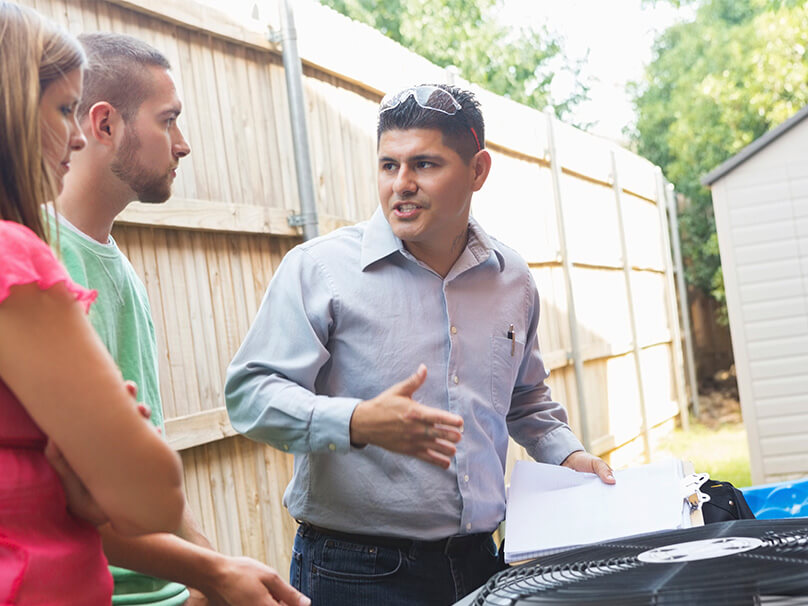
Warnings Signs You Need AC Repair
How can you tell if your air conditioner requires service? From strange odors to a lack of cool air coming from the vents, there are many clues that your cooling system has an issue and needs evaluation or repair.
Here are some red flags that trouble may be developing and it’s time to call an HVAC technician from J.L. Brady Company LLC:
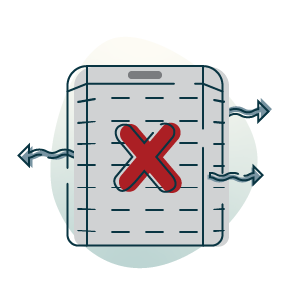
AC blows warm air instead of cold
If heated air is blowing out of your AC unit instead of cool air, or if the air isn’t as cool as it should be, it’s a wise decision to call us for professional cooling service.
Air conditioner frequently turns on and off
If your AC system turns on and off instead of completing its normal cycle, it could be a symptom of underlying trouble and should be evaluated by one of our certified HVAC technicians.
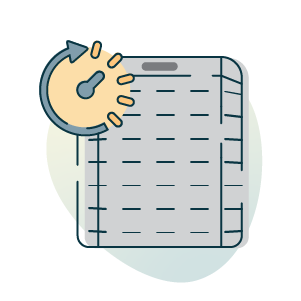

Monthly utility bills spike for what seems like no reason
A sharp increase in your energy costs can be a signal your AC unit is becoming less efficient, which means it uses more energy to maintain a comfortable indoor temperature and needs AC maintenance or repair.
Odd odors are coming from your air conditioning
Air conditioners aren’t supposed to smell. Weird smells coming from your AC unit should be inspected by an HVAC technician, as they can be a sign of problems like mold, mildew or even electrical issues.
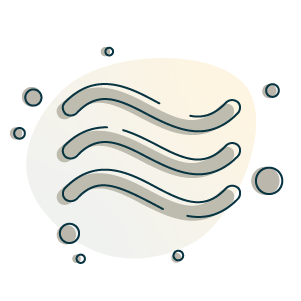
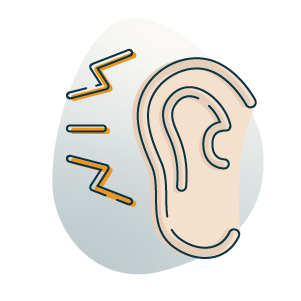
Loud sounds coming from your AC
If you hear unusual noises when your AC system is running — clanking, scraping or screeching, to name just a few — it’s important to call for professional HVAC service to get to the bottom of the issue.
Request Expert Air Conditioner Repair Right Away
When you need air conditioning service quickly, call the HVAC repair professionals at J.L. Brady Company LLC. We’ll promptly diagnose the trouble when your system won’t run or give sufficient chilly air.
